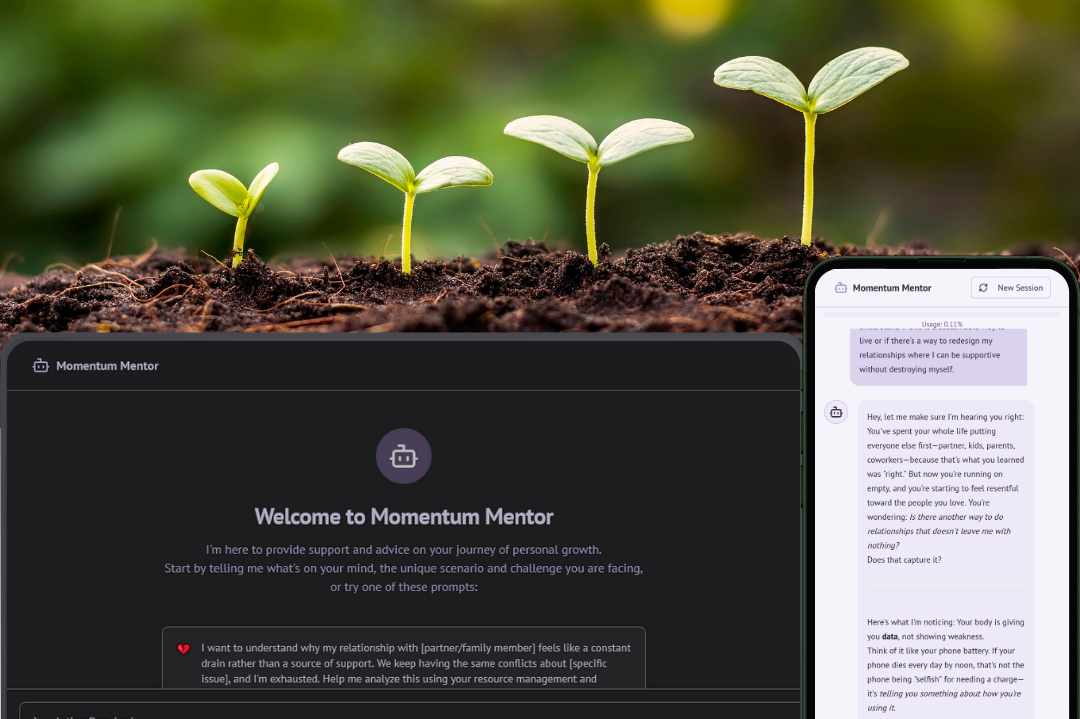
Credit: FrankRamspott/E+ via Getty Images
Ever since artificial intelligence entered the mainstream, scientists have been eager to unleash it on weather forecasting. The forecasts we get from our smartphones, TVs, and smart speakers take a lot of processing power—and therefore time and money—to generate. Even then, they're fairly zoomed out, or "coarse resolution," making it difficult to predict how a small-scale weather event might impact a precise geographical area.
Theoretically, AI could make the forecasting process cheaper and more efficient by looking at millions of hours of historical data and making multiple intertwined calculations, rather than doing the math separately and squishing its answers together. But an AI weather model's predictions must be accurate for that to happen. Otherwise, the whole effort falls apart, and entire communities are put in harm's way.
Microsoft claims it has struck the delicate balance between speed, cost efficiency, and accuracy. In a research paper and accompanying blog post, Microsoft Research describes Aurora, a new AI weather model that it says can predict "air quality, ocean waves, tropical cyclone tracks, and high-resolution weather, all at orders of magnitude lower computational cost" than conventional methods.

Hurricane Florence as seen by ESA astronaut Alexander Gerst aboard the ISS. Credit: Alexander Gerst/Wikimedia Commons
According to Microsoft, Aurora was originally built as a foundation model that can be fine-tuned to various downstream tasks—trained on "over one million hours of data derived from satellites, radar and weather stations, simulations, and forecasts." From there, the model can be asked to map out air quality, wave height, typhoon patterns, and more. The results take only seconds, while conventional weather forecasting methods can take hours to make a prediction.
In the research paper, Microsoft claims Aurora "outperforms operational forecasts" by delivering smaller-resolution and more precise predictions. The model has performed so well that Microsoft has since incorporated it into its own MSN Weather service and made Aurora’s source code and model weights publicly available. One startup has already used the model to map renewable energy markets, according to The New York Times.
Both traditional and AI-powered weather forecasts are reviewed and delivered by human meteorologists. This means the overall weather prediction process would likely remain unchanged, should AI models usurp their predecessors. But AI weather models were considered unreliable and impractical just a few years ago, leaving some meteorologists unconvinced of Aurora's promise.
"We’re all in the hype right now,” Amy McGovern, a computer scientist and meteorologist who wasn't involved in the making or testing of Aurora, told the NYT. “AI weather is amazing. But I think there’s still a long way to go."
.png)









